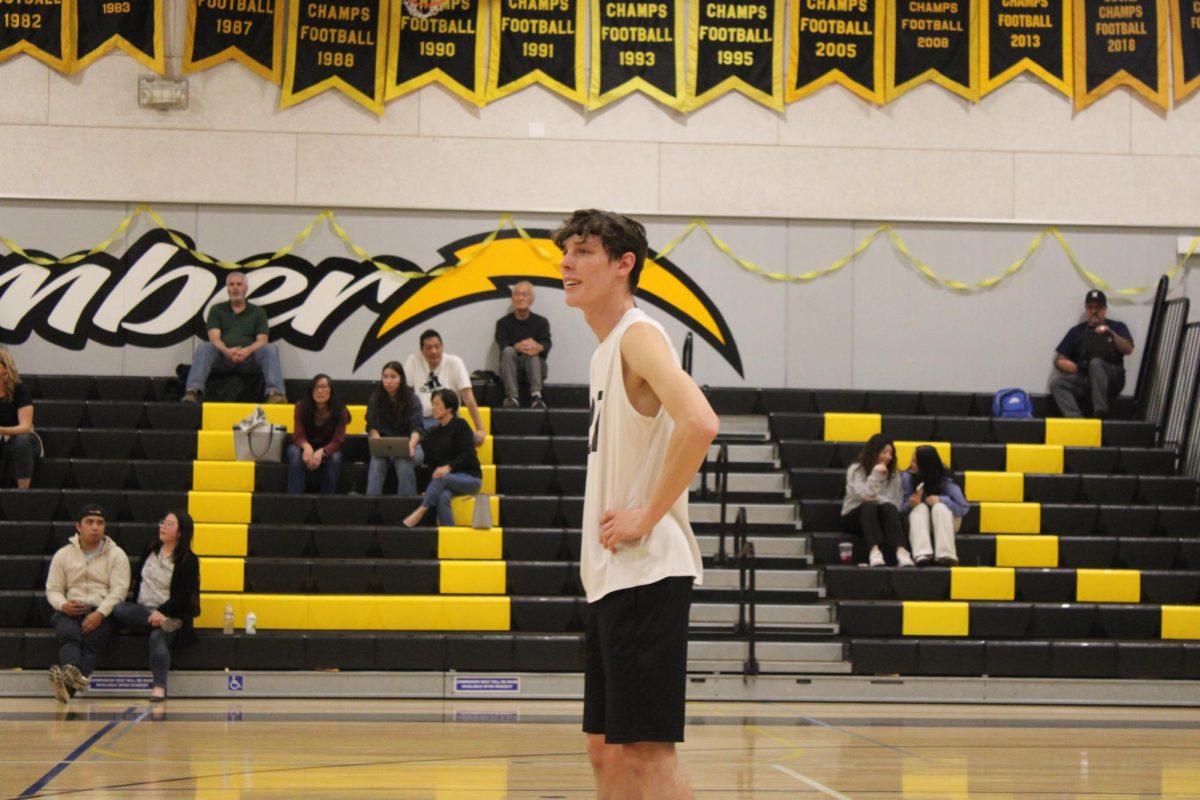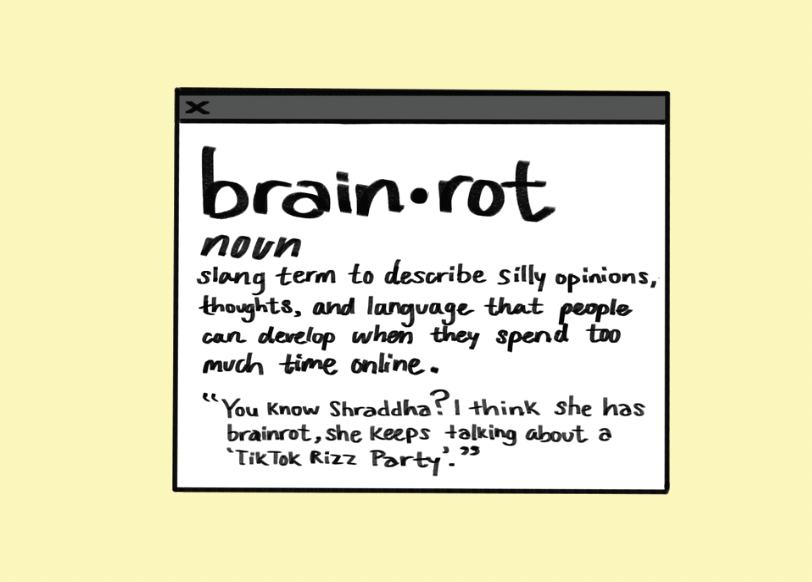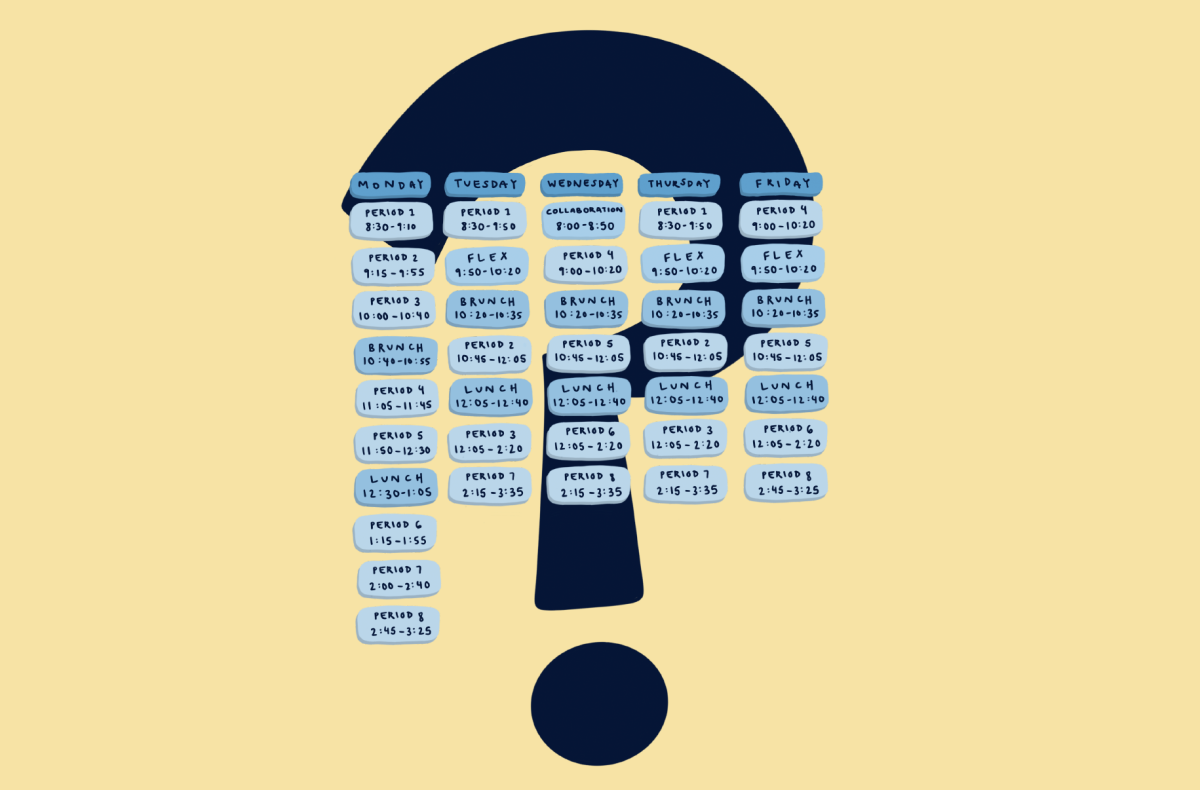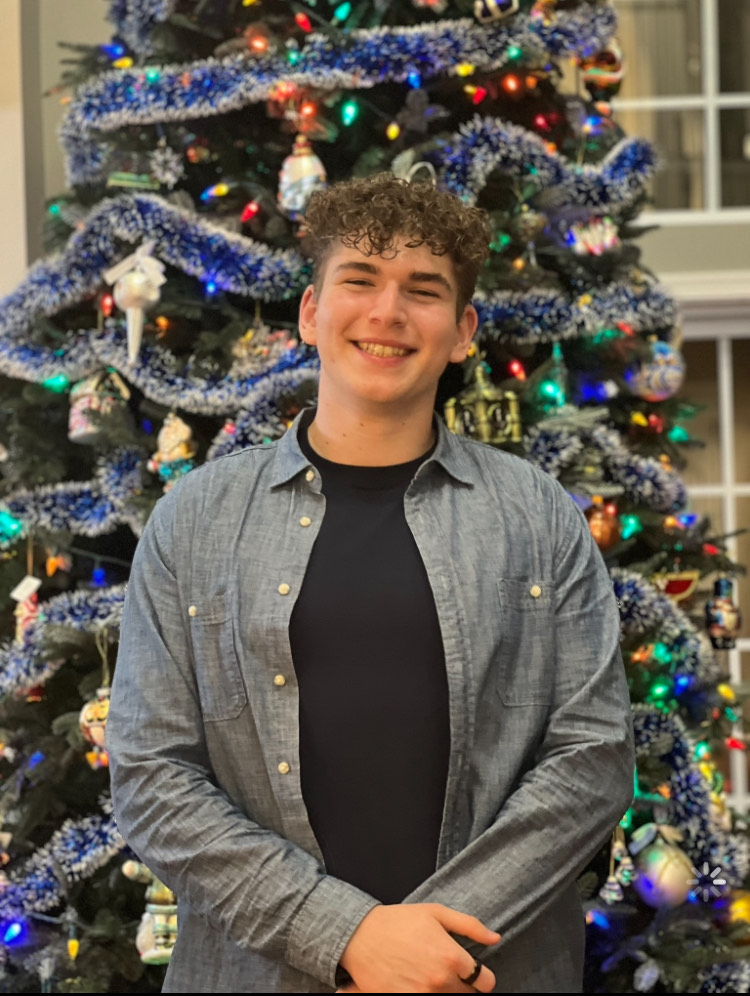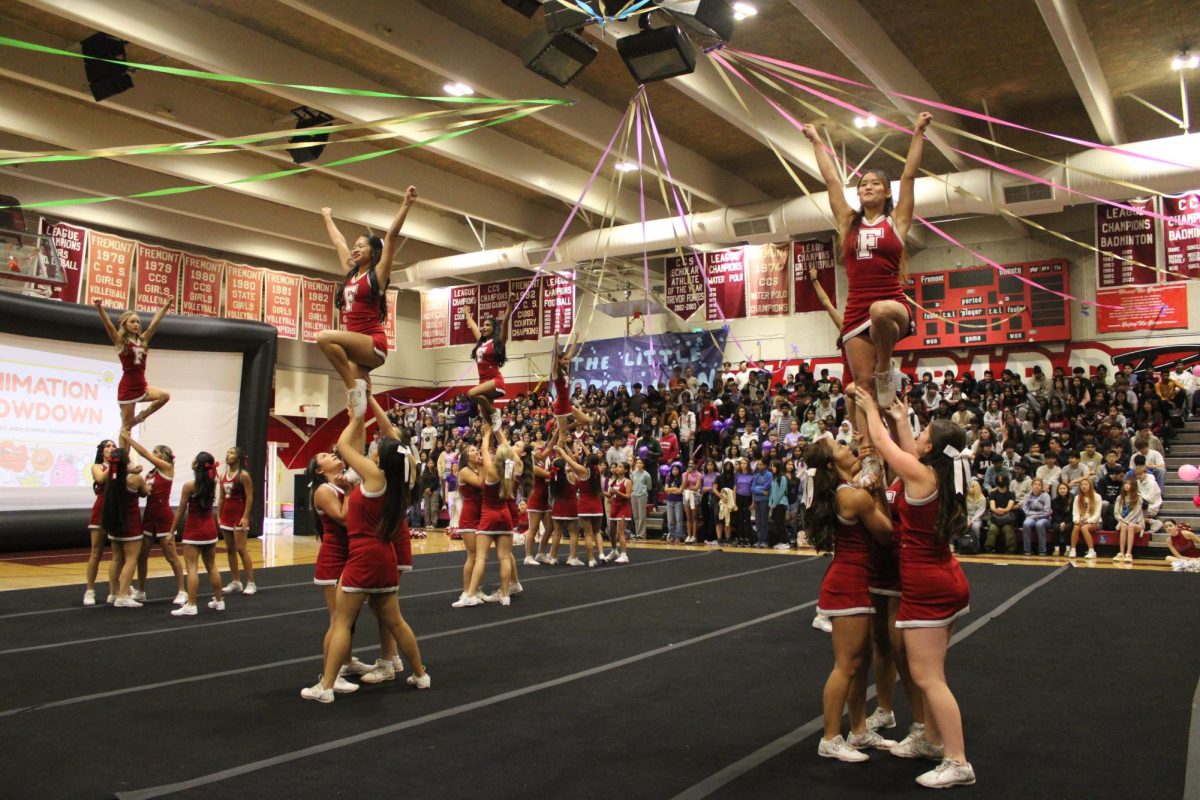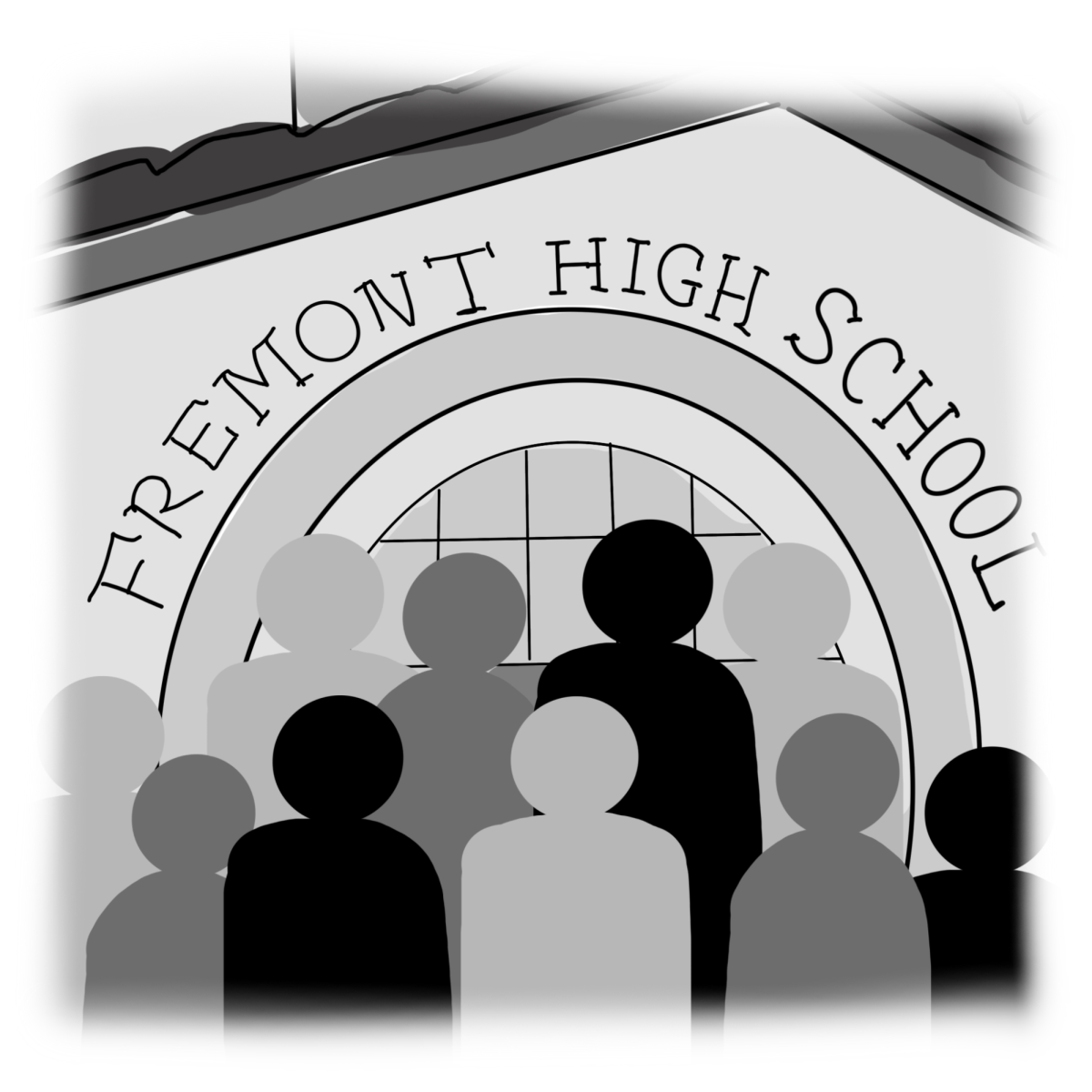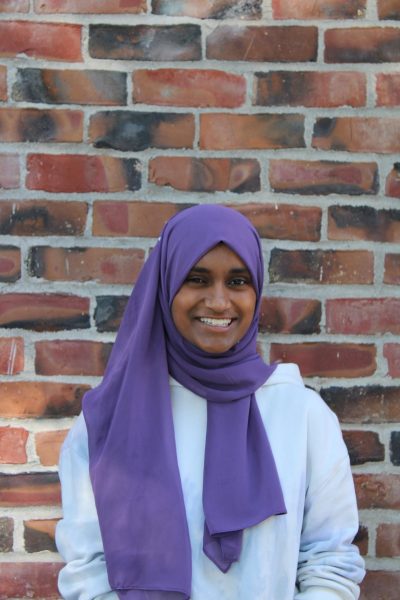Almost 400 FHS students take at least one sheltered class at school. Sheltered classes at FHS are designed for students who have immigrated to the U.S. less than six years ago or do not speak English as their first language. The sheltered classes’ purpose is to provide general education for students while providing accommodations and support for non-English speakers.
These classes range from the sciences, such as biology and physics, to social studies, including World History, US History, Government and Economics and writing classes. Depending on the subject, different methods are used to assist students in learning content. In many classes, vocabulary is an integral part of the curriculum to familiarize students with the English language.
“We have to teach the same content at the same level of rigor [as non-sheltered classes],” Michelle Wagner, sheltered biology teacher of over 23 years, said. “Four domains we try to do each day in class are listening, reading, writing and speaking. So making sure we’re offering kids those opportunities as they learn so it’s not taking away the rigor of the thinking of what they have to learn, but it’s helping them get access while also building their English and giving them confidence in that.”
According to FHS’s website, ELD students focus on English learning initially and later shift to sheltered classes with paraeducator support for language translation and extra assistance. The move to non-sheltered courses outside of the ELD department can be challenging for many ELD students due to the language barrier.
“Sheltered Geometry is difficult, both because of the content and because it’s in English,” FHS junior Nasli Posadas said.
Posadas and another sheltered class student, sophomore Yaneth Gonzales, shared that their teachers have to translate directions into Spanish frequently.
In sheltered classes, the diverse academic backgrounds and varying English proficiency levels among students can lead to the curriculum feeling challenging for individuals while feeling too easy for others.
“I feel like [sheltered classes] take it slow, like the way they’re showing us the content,” senior and ELD 3 student Kimberly Casas Fuentes said.
Sheltered class teachers work hard to support a diverse group of students in every subject while placing an emphasis on English learning.
“It is super challenging as a teacher because every word you use, every direction you give is really critical for their success,” Wagner said.
Despite these challenges and language barriers, the growth seen through these classes can be fulfilling and rewarding, for teachers and students alike.
“It’s a wonderfully diverse group of kids, in one class of 25 kids there might be 10 different languages spoken,” Wagner said. “It’s super, super rewarding because you have kids that are super motivated and interested to learn. It’s fun to see them get to know each other through their different cultures. I feel really lucky to have been a sheltered teacher here for so long.”
The tenacity of sheltered class students attending high school in a completely different environment motivates teachers and students alike to learn from their perseverance, fostering positive change at FHS.
“I actually really, really admire the students in [sheltered classes], because I’m not sure I would have had the fortitude [to succeed],” Sheltered World History teacher Jeff Kakes said. “These are 15, 16 or 17-year-olds doing this, and [if it were me] I would have probably been like ‘forget this.’ So I really admire that aspect.”
Community-building is a central part of these classes, creating a learning environment fueled by empathy. Surrounded by others like them, students in sheltered classes can become more comfortable with working in an English-speaking environment.
“I can participate and make friends and talk to people,” ELD 3 student Yuta Itakura said. “All teachers for me are good.”
Wagner highlighted how sheltered students create support groups with each other, fueled by similar experiences and connections with learning English.
“The ELD community is beautiful,” Wagner said. “The kids become a family.”
FHS continues to work towards becoming more inclusive of all communities on campus. For instance, starting last year, ASB is making a concerted effort to ensure that they have a few ELD or former ELD students in the class, to offer a different perspective.
Along with this, ASB has also started an outreach program, where students translate news about upcoming events into as many languages as possible — including Spanish, Vietnamese and Farsi — to help ensure that as many students as possible are aware of school events like Homecoming or rallies. After translation, ASB students go from class to class and give a quick presentation to help students understand what these events are and encourage them to come.
ASB has seen incredible results from this outreach program. Previously, a very small number of students from sheltered classes would attend rallies and school dances, largely because of the language barrier. However, after implementing the outreach program, over 60 students from the program attended Homecoming last semester.
“[The program is trying to reach out to them and make them feel as part of the culture as those who have kind of grown up in this environment,” Kakes said.
Additionally, juniors Angel Quijano, Cavel Nelson, Jaleah Garin, Aarohi Kale and Anoma Sulibhavi founded ELD Connect, a club aiming to tutor sheltered students.
FHS junior Angel Quijano shared that she was inspired to start the club with an article from The Phoenix, which discussed the lack of resources for and the struggles of ELD and sheltered students.
“I was an ELD student in elementary school, so I can definitely relate to some aspects [discussed],” Quijano said. “I thought about a lot of the programs offered at FHS and I thought I could help create something to help with that [gap].”
Quijano explained that ELD Connect meets almost every Friday during tutorials, and tutors are matched with sheltered students based on subject and language preference. This is beneficial to the tutors as well, as they can practice their foreign language skills while mentoring.
“We had 13 successful matches, and we were able to pull all sorts of students who speak different languages like Farsi, Russian, Spanish and it was so nice to see them engage in conversation,” Quijano said. “Three of our program leads are taking French 3 right now and they were helping French students so they’re able to apply the language skills they’re learning in real-time and help someone out.”
Programs and initiatives like these have a significant impact.
“It’s really just about being open-minded,” Quijano said. “There’s lots of other ways you can communicate and a lot of people really want to learn.”
Ultimately, the sheltered students at FHS are part of a significant community that is often overlooked. Sheltered class teachers shared that they would highly encourage FHS students to reach out and connect to sheltered students.
“If you notice a kid’s not speaking very much or doesn’t even speak English, [reach] out,” Wagner said. “You don’t have to speak their language, just talk, you know, laugh with them, include them on your team, or whatever that looks like. Just extend a hand.”
With opportunities like ELD Connect, FHS students have a plethora of ways to get involved with students in sheltered classes, through tutoring or teacher assistance. Working with students from different backgrounds can help students gain unique perspectives and increase inclusivity on campus.
“They are really good kids who have more of a barrier to getting through the high school experience,” Kakes said. “The fact that they fight through it is awesome.”




